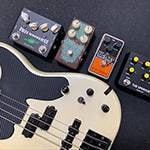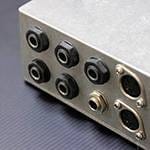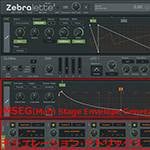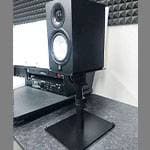The other day, I wrote an article recommending the AZES as a great first guitar. But in truth, the AZES holds much more potential than just being a beginner-friendly guitar. With just a few simple customizations, it can be upgraded into a far more attractive and capable instrument.
In this article, I’ll share the custom modifications I’ve made to my own AZES to show just how much this guitar can evolve.
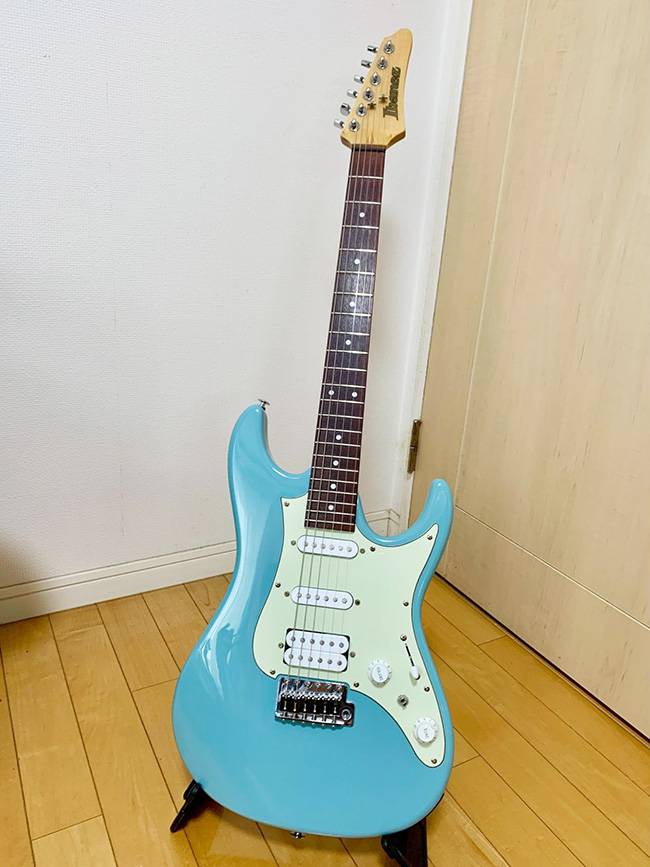
1. Tuning Peg Replacement
The first customization I made was replacing the tuning pegs.
Lower-priced guitars often cut costs in hardware areas like tuners and bridges, and the AZES is no exception. While the stock components aren’t necessarily poor, some details can feel a bit cheap on closer inspection.
By replacing the tuners, you not only improve tuning stability, but you can also subtly enhance your tone. For this upgrade, I swapped in tuners made by GOTOH:

There are many tuner brands on the market, but GOTOH offers excellent precision at a reasonable price. If you’re unsure which to choose, you can’t go wrong with these.
If your budget allows, upgrading to locking tuners is also highly recommended for even greater stability and ease of restringing.
2. Bridge Saddle Replacement
Next, I replaced the bridge saddles on the tremolo unit.
Originally, I had no plans to change them, but when I tried adjusting the string height using the stock saddles, the set screws stripped and just spun in place, making fine adjustment impossible. So, I decided to replace them on the spot.
I went with another trusted GOTOH product:
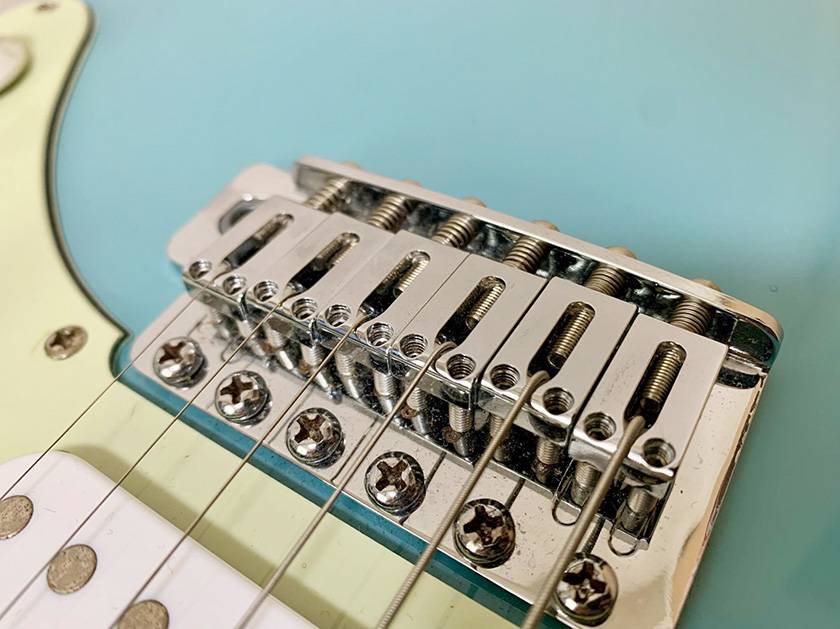
When replacing saddles, make sure to check the string spacing. The AZES requires saddles with a 10.5mm string pitch.
Upgrading the saddles not only improves tuning stability, but it also adds more body and clarity to the tone thanks to the increased mass.
3. String Retainer Replacement
If you plan to use the tremolo arm frequently with your AZES, I also highly recommend upgrading the string retainer.
While I personally don’t use the tremolo much on this guitar, I still replaced the string retainer to improve overall tuning stability.
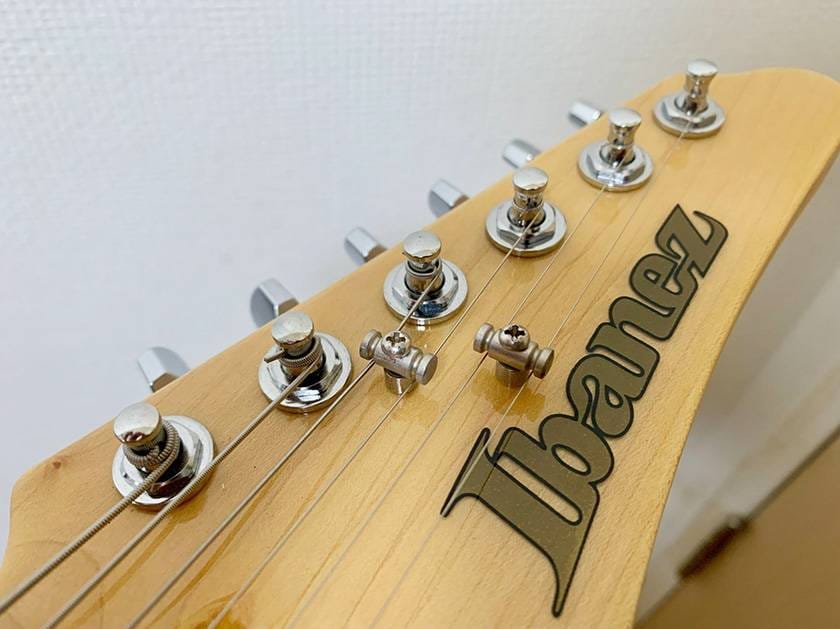
4. Tremolo Spring Replacement
Since I don’t use the tremolo arm on my AZES, I’ve set the bridge to sit flush against the body.
When fixing the bridge in this way, it’s common practice to install all five tremolo springs. This time, I decided to try out a set I’d been curious about for a while:
Before the swap, the tone felt a bit thin. After replacing the springs, the sound became noticeably fuller and more robust, with greater punch and presence.
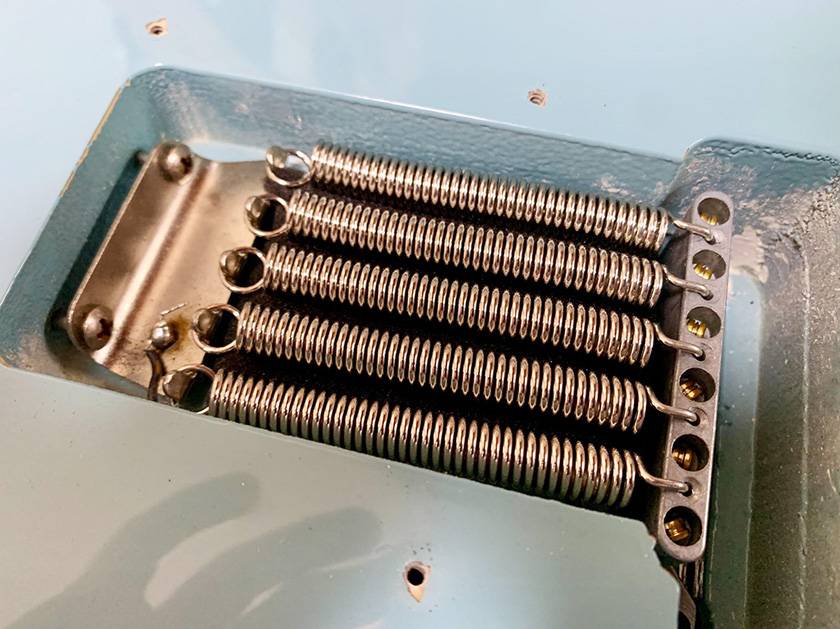
Tips for First-Time Modders
These customizations are relatively easy to perform, as long as you have a basic understanding of how your guitar works. That being said, if it’s your first time attempting guitar mods, it’s natural to feel a bit uncertain. So, here are a few key points to help guide beginners looking to customize their instrument.
First and foremost, having the right tools is essential. Use screwdrivers and hex wrenches that match the size of the screws and hardware. Using tools that don’t fit properly can easily strip screw heads or damage parts, so be sure to choose the correct size.
Sound House also sells dedicated toolkits made specifically for guitar maintenance that can make the job much easier:
⇒ ERNIE BALL MUSICIAN’S TOOL KIT
When reinstalling screws—especially those going directly into the guitar body—take extra care. After inserting the screw into the hole, first turn it counterclockwise until you feel it "click" into the original thread. Then, tighten it clockwise. This helps ensure the screw follows the existing groove and doesn’t carve a new one, which can strip the hole.
Although electric screwdrivers make the job faster, too much torque can easily be applied, which can lead to widening the hole too much or damaging the screw head. This is why it’s generally better to turn screws manually, even if it takes a bit more time.
Also, always double-check part sizes before installation. This is especially important for items like tuners or saddles. If the size or spec doesn’t match, you may not be able to install the part at all, or it could negatively affect playability. Make sure to read the product specs carefully and, if possible, look for examples of people who’ve done the same mod on your guitar model.
If you're unsure about any step, don’t hesitate to consult your local music store or a guitar repair shop. While doing mods yourself is rewarding, trying something beyond your skill level can lead to costly repairs. When in doubt, play it safe: go slow, double-check, and just enjoy the process.
Total Cost of This Customization
As a reference, here’s a list of the parts I used in this customization and their costs (as of June 24, 2025):
GOTOH Tuners (SG381)……¥5,270
GOTOH Bridge Saddles (S21)……¥4,580
String Retainer (GOTOH)……¥400
RAW VINTAGE Tremolo Springs (RVTS-1)……¥1,780
Total: ¥12,030
Considering that the AZES itself is priced around ¥40,000, the fact that you can significantly improve operability, sound quality, and tuning stability with a budget of about 30% of the original price makes this an extremely cost-effective upgrade.
Especially for beginners, unstable tuning and poor playability can easily lead to frustration and giving up on their instrument. With just a few tweaks, you can create a much more comfortable and stress-free practice environment.
If you ever find yourself thinking, “I want to play with better sound,” or “I want to keep using this guitar for a long time,” then start with a simple customization like the ones I mentioned in this article.
To Summarize
In this article, I introduced some simple and reasonably priced customizations, while mainly focusing on replacing tuners and bridge components. Even with just these changes, I felt a clear improvement in tuning stability and a fuller, more solid tone compared to the stock setup. It feels like the guitar has moved beyond the typical thinner sound that’s often associated with budget instruments.
Though not covered this time, further upgrades such as swapping pickups, capacitors, the nut, or even the frets could lead to even better sound and playability. However, going too far may cause the total cost of modifications to exceed the original price of the guitar. So, I plan to stop here for now.
If you own an AZES and are thinking, “I’d like to level it up a bit,” I hope this article will inspire you to try some customizations and enjoy making your guitar truly your own!
A Little Bonus
I played the live version guitar solo from TOTO's Georgy Porgy using the customized AZES as a sound sample.
The “sound & person” column is made up of contributions from you.
For details about contributing, click here.






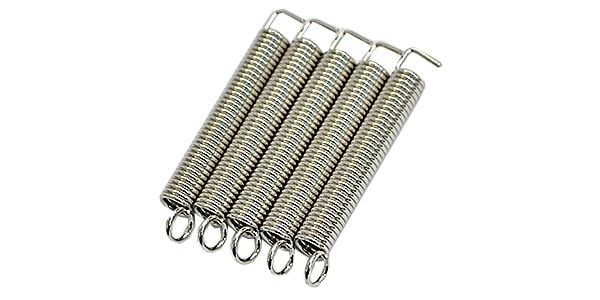
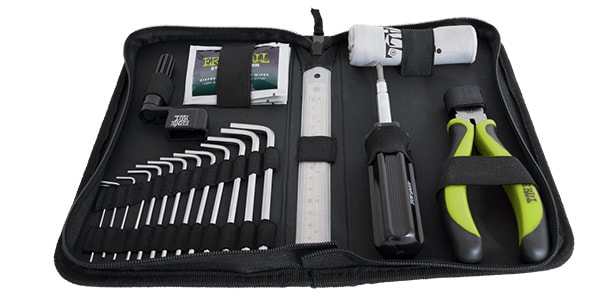
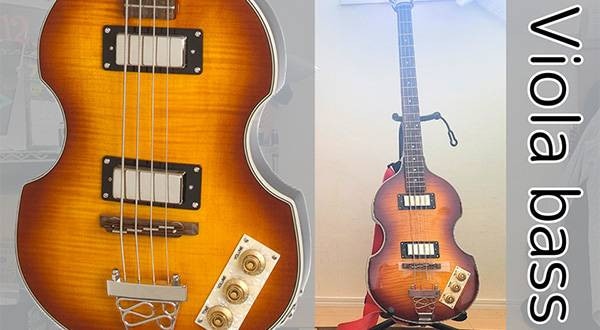
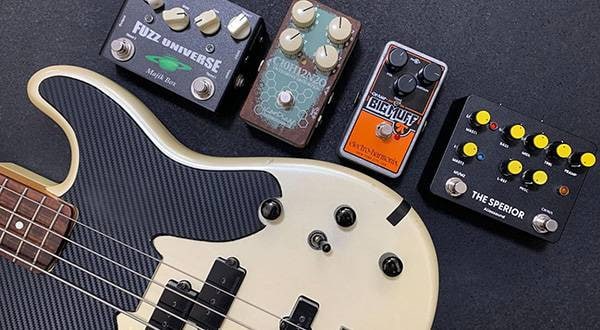
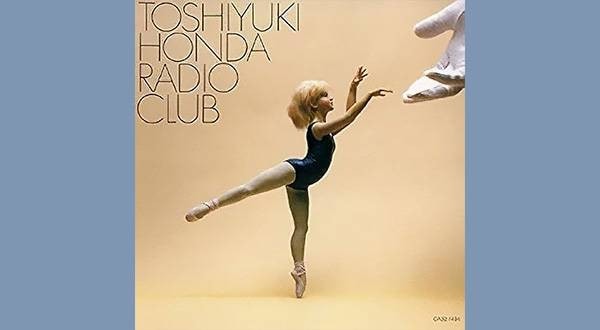
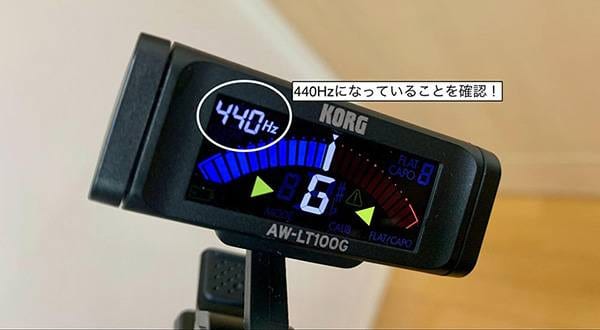
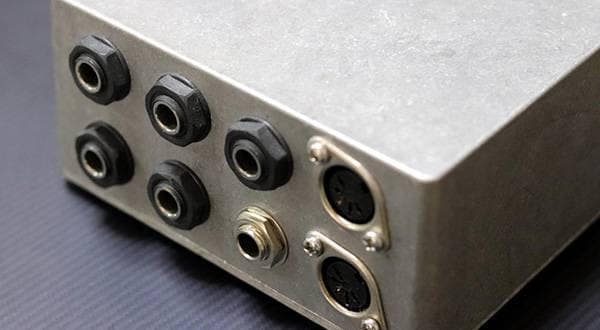
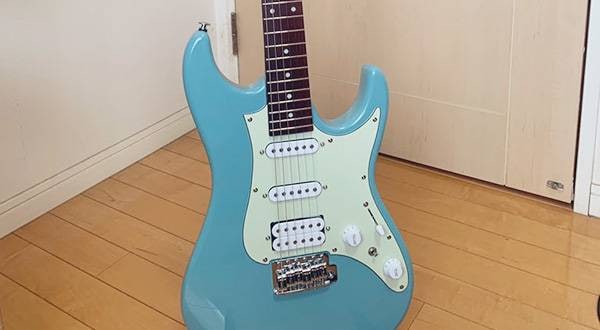
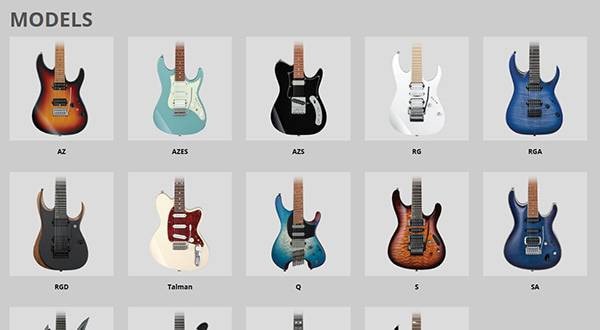
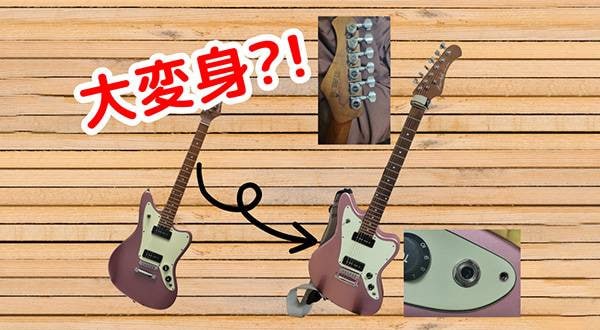
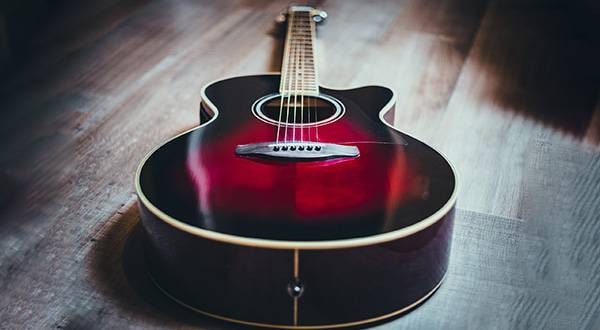
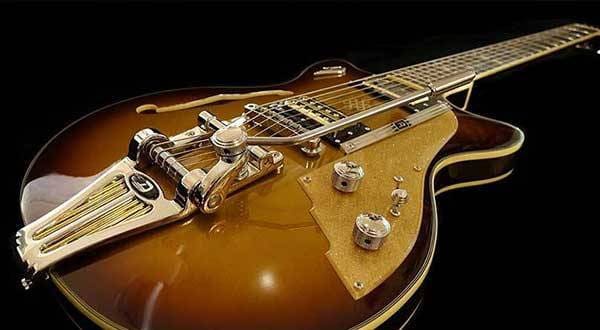
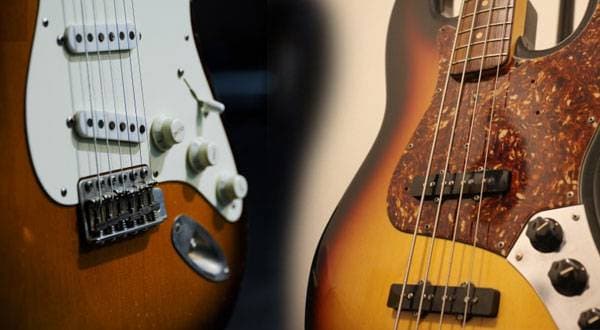
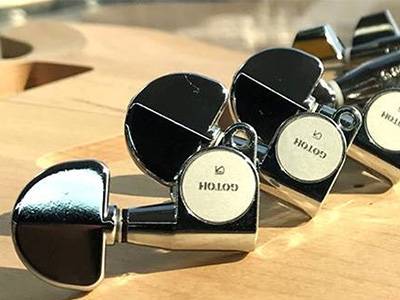 GOTOH(ゴトー)ギター用ペグ よくある質問まとめ!
GOTOH(ゴトー)ギター用ペグ よくある質問まとめ!
 はじめてのギター
はじめてのギター
 Ibanez ブランドサイト
Ibanez ブランドサイト
 ギターパーツの沼
ギターパーツの沼
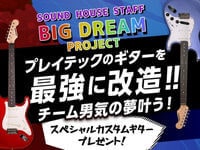 プレイテックのギターを最強に改造!!
プレイテックのギターを最強に改造!!
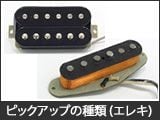 ピックアップの種類(エレキギター)
ピックアップの種類(エレキギター)

